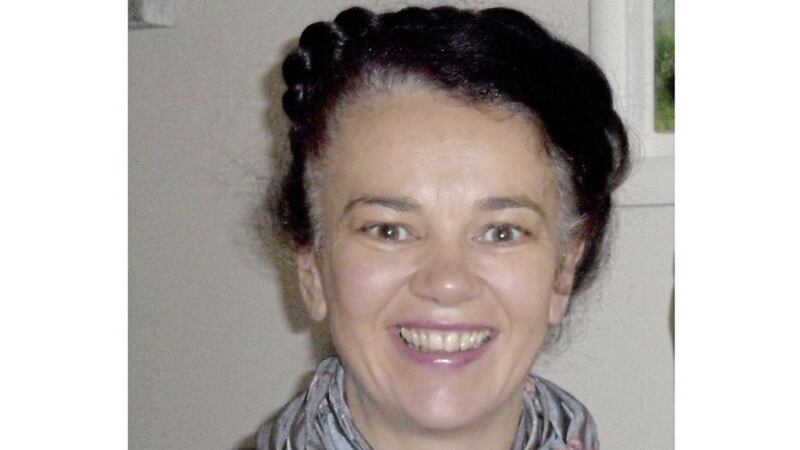A FRIEND of a talented Co Donegal artist who drowned while swimming in the sea at Bangor has told an inquest into her death of the desperate efforts to save her.
Inge Persyn recalled how Mary Feeney "looked joyful" as they enjoyed the water at Skippingstone Beach, but just minutes later the conditions deteriorated.
"I could see Mary by that time, she was worried, you could see it in her face that she realised that she needed to get back," she said.
The tragedy happened on October 13 last year as the two women and another friend Jane Govers met to read poems, share music and go cold water swimming together.
Originally from Ardara in Co Donegal, Ms Feeney (57) was married and had moved to Co Down several years ago.
She was an established landscape artist with her paintings often depicting the beauty of the Irish countryside and coast. She had exhibited her work in galleries across Ireland, UK and America.
The inquest heard Ms Feeney had only began cold water swimming last summer and Ms Persyn told the court "Mary had encouraged me to to try it".
Recalling the water on the day of Ms Feeney's death, Ms Persyn said "it was absolutely fine", but the conditions quickly changed.
"She couldn't get back because of the current, she started walking up the rocks and I thought great she's on the rocks, but that's when she began to get in trouble because she kept trying to come up on the rocks and the waves kept washing her away," she said.
"When I realised Mary was trying to get up, I climbed to the other side of the railings, by that time Jane was joining me, and I tried to throw my float, which was on a rope so that she might maybe have caught it."
She told the inquest that she believed the presence of a life ring nearby would "have made a huge difference".
"There was no life ring, I was trying to use my tow float almost as a life ring, throwing it out but it wasn't long enough," she said.
"I held onto the railings, I took the tow float off my waist and I started throwing it out, hoping she would be able to catch the end of it.
"I knew if I threw it that the waves would have taken it out, there was no way she would have caught it so I thought if I hold onto it, she might be able to hold onto the end and I could pull her in.
"So if we had of had a life ring, we would have been able to throw it out and she would have been able to hold it and we would almost certainly have been able to pull her in."
Ms Govers told the inquest that "Mary had been looking forward to her swimming session that day and I felt she was embracing the sea before the tragedy occurred".
Ryan Gray from the Coastguard said when he reached Ms Feeney, "she was slightly more ill than I thought she would be, given that she'd been in the water a very short time."
Coroner Joe McCrisken said Ms Feeney's death was "consistent with drowning" and highlighted the use of life rings and tow floats, which he said are "a very useful item for an open water swimmer to have".
"Whether a tow float would have made a difference is impossible to say...but it may well do to other people."


